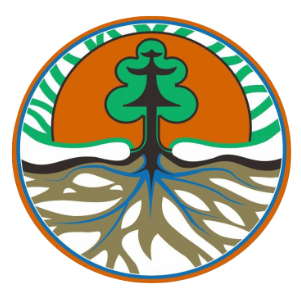
Tropical peatland holds a large amount of carbon in the terrestrial ecosystem. Indonesia, responding to the global climate issues, has legislation on the protection and management of the peat ecosystem. However, this effort is hampered by the lack of fine-scale, accurate maps of peat distribution and its thickness. This paper presents an open digital mapping methodology, which utilises open data in an open-source computing environment, as a cost-effective method for mapping peat thickness and estimating carbon stock in Indonesian peatlands. The digital mapping methodology combines field observations with factors that are known to influence peat thickness distribution. These factors are represented by multi-source remotely-sensed data derived from open and freely available raster data: digital elevation models (DEM) from SRTM, geographical information, and radar images (Sentinel and ALOS PALSAR). Utilising machine-learning models from an open-source software, we derived spatial prediction functions and mapped peat thickness and its uncertainty at a grid resolution of 30 m. Peat volume can be calculated from the thickness map, and based on measurements of bulk density and carbon content, carbon stock for the area was estimated. The uncertainty of the estimates was calculated using error propagation rules. We demonstrated this approach in the eastern part of Bengkalis Island in Riau Province, covering an area around 50,000 ha. Results showed that digital mapping method can accurately predict the thickness of peat, explaining up to 98% of the variation of the data with a median relative error of 5% or an average error of 0.3 m. The accuracy of this method depends on the number of field observations. We provided an estimate of the cost and time required for map production, i.e. 2 to 4 months with a cost between $0.3 and $0.5/ha for an area of 50,000 ha. Obviously, there is a tradeoff between cost and accuracy. The advantages and limitations of the method were further discussed. The methodology provides a blueprint for a national-scale peat mapping.
- Authors: Rudiyanto, Minasny, B., Setiawan, B.I., Saptomo, S.K., McBratney, A.B.
- Author Affiliation: Bogor Agricultural University, The University of Sydney
- Subjects: peatlands, tropics, carbon sinks, mapping, climate change, digital images
- Publication type: Journal Article
- Source: Geoderma 313: 25-40
- Year: 2018
- DOI: https://doi.org/10.1016/j.geoderma.2017.10.018
















